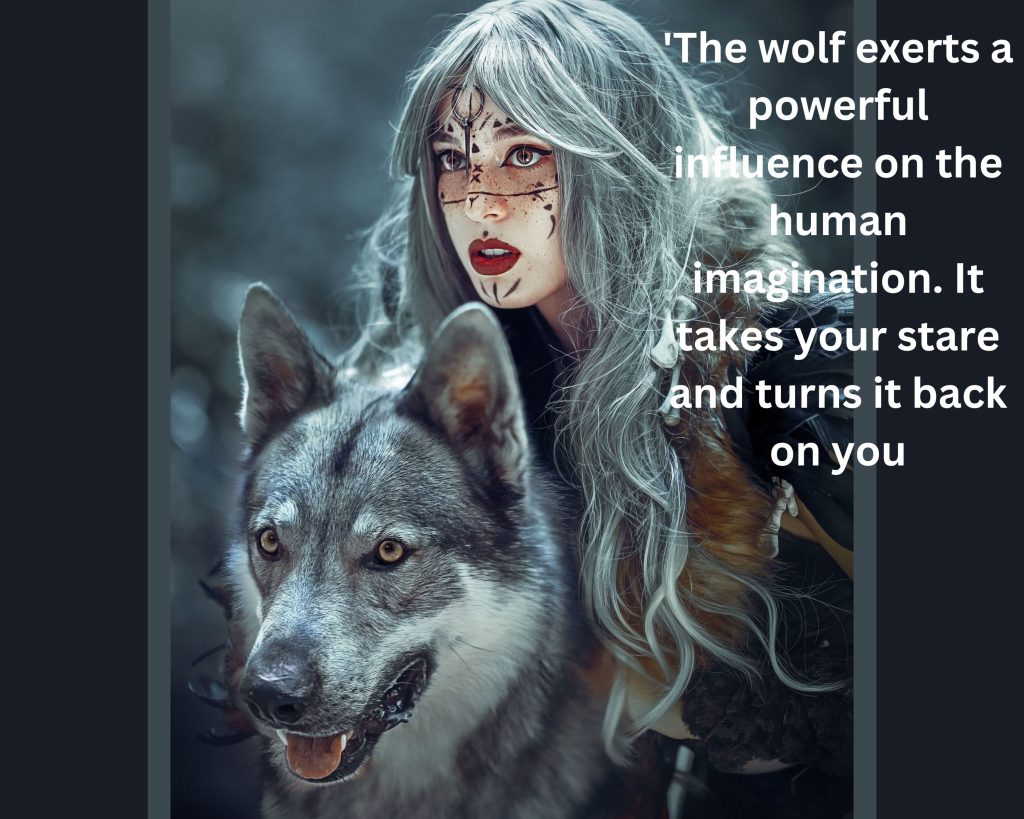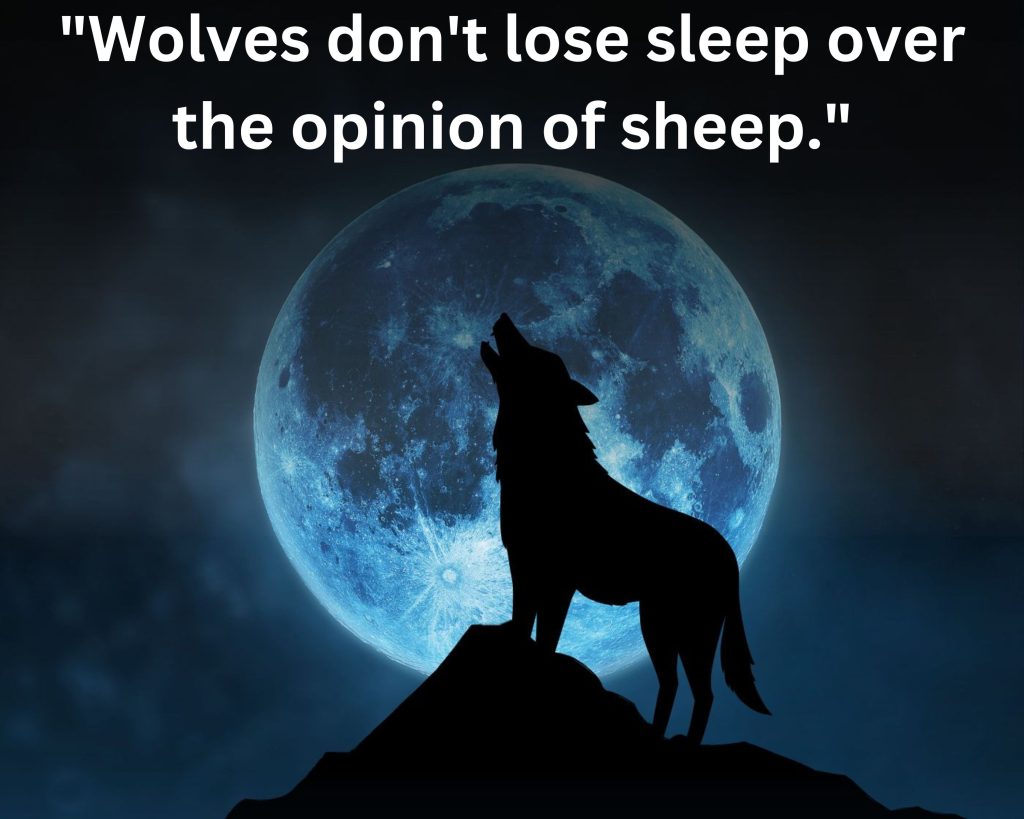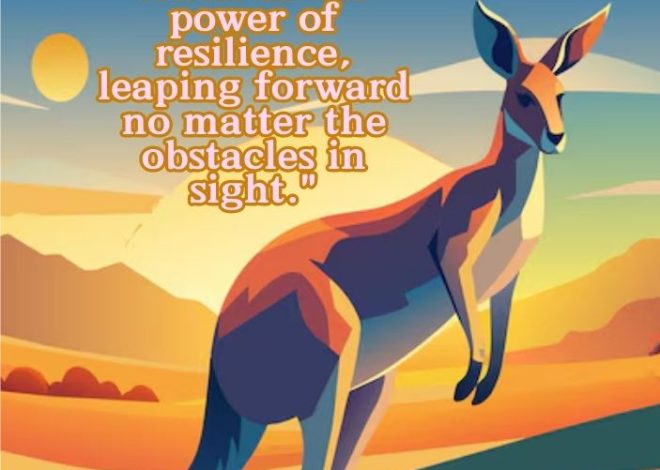
Wolf
To start a discussion about wolves, introduction to Wolves: Begin by explaining the basic characteristics of wolves, such as their habitat, behavior, and role as apex predators. For example: “Wolves are fascinating creatures known for their pack behavior and hunting skills. But did you know they also play a critical role in balancing ecosystems?”
Gray wolves are the largest living wild canine species.
Wolves are the wild ancestor of all our domesticated dogs, from poodles to bulldogs to greyhounds
Wolves are spread across forests, mountain regions, and deserts and found in all the seven continents. Lifespan of wolf lies in between 8 to 10 years

Wolves and Human Interaction: For an audience more focused on human-wildlife interaction, you could introduce the conversation by addressing the conflict between wolves and humans. Wolves, dogs and humans share extremely social and cooperative minds. These similarities are rooted in phylogenetic homology and in the convergence of neuronal….

Wolves in Mythology and Culture: You could also explore how wolves have been viewed historically or culturally. “Wolves have long been symbols in myths and stories, often seen as both fearsome and noble. Roman Mythology: In Roman myth, wolves are portrayed more positively, as seen in the story of Romulus and Remus, the legendary founders of Rome. The twin brothers were abandoned as infants but were saved and suckled by a she-wolf (Lupa). This story framed the wolf as a protector and nurturer, a symbol of Rome’s strength and endurance.
















